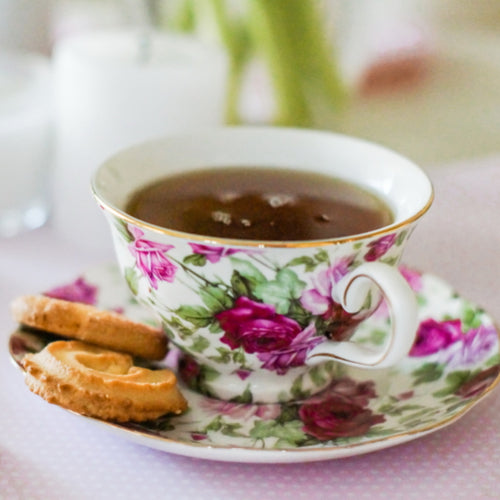 In Japan tea culture came from China and was brought by the monks who studied Zen Buddhism in China. Tea helped them to stay calm and alert during meditations. But only in the 12th Century did tea become an important part of Japanese culture.
In Japan tea culture came from China and was brought by the monks who studied Zen Buddhism in China. Tea helped them to stay calm and alert during meditations. But only in the 12th Century did tea become an important part of Japanese culture.
In 1191 the Buddhist priest Eisai (1141-1215), who founded the Rinzai School of Buddhism in Japan, brought a few tea tree seeds from China. He also wrote the book “Maintaining Good Health by Drinking Tea," which was the first book about tea published in Japan. He introduced the Japanese to the tea preparation method that was used under the Song Dynasty in China. The tea leaves were ground into fine powder before brewing and the result is what we now call Matcha.
Matcha became a necessity for studying and practicing Zen Buddhism and tea culture spread across the country and was adopted by noblemen, intellectuals, and samurais. Tea- tasting contests became part of the upscale Japanese tea culture. The influence of austere Rinzai Zen Buddhism required strict discipline and its rituals had a great influence on the Japanese tea ceremony.
To taste Japanese Way of tea try our Japanese Journey Sampler.




